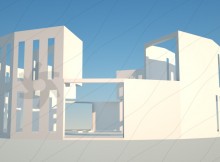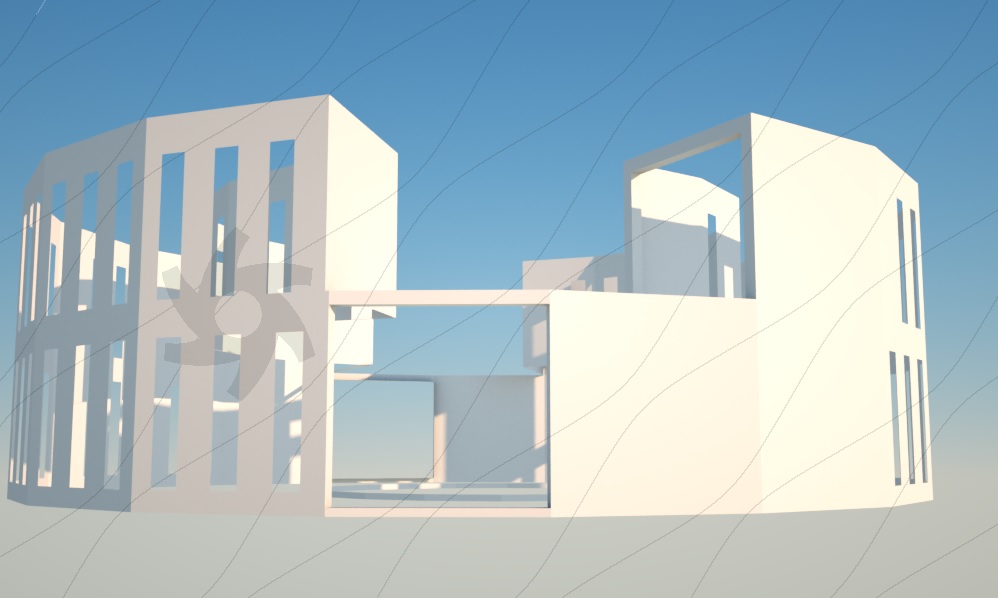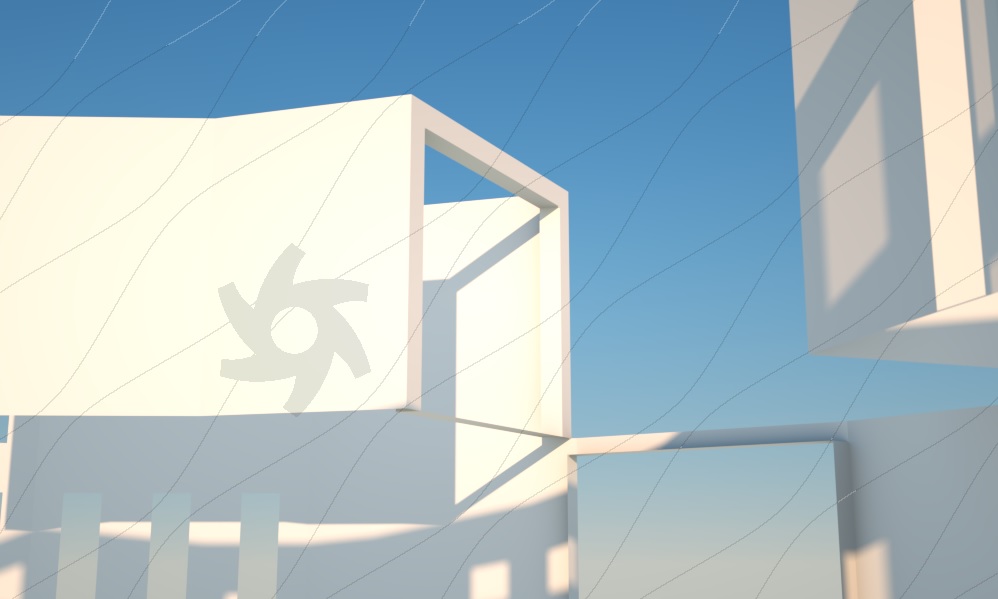As happens once every week or so, Rhino send me an email of new and updated plugins and tools. Normally, these emails get little more than a cursory glance to see if anything stands out.
My architecturally-inclined colleagues and friends have often spoken about the amazingly superior aesthetics of premium rendering packages. Being a practical kind of guy, I didn’t see anything wrong with the default Rhino render. It usually generates images which seemed adequately pretty for my needs. But in the email, there was a mention of an updated version of Octane Render, and because I have much more important, pressing things to do, I felt like this would be a good way to procrastinate.
I downloaded the Rhino demo and got it going. I chucked in whatever geometry was in my Rhino recent files list, and got it going. And I have to say that I was quite surprised at the result! Take a look…
Octane renders
Bearing in mind that these renders were done with every setting set at default, no materials applied, and that they were made by someone with minimal rendering experience who has no idea what he’s doing, the results are quite remarkable! I particularly like the way shadowing diffuses if the shading object is far away as in the last image.
Compare the above images with Rhino render (again, default settings, though I had to manually turn on sky and sun):
Rhino renders
Side by side

|
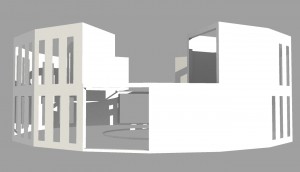
|
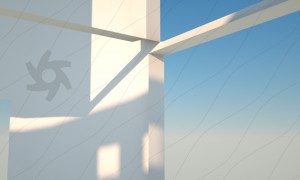
|
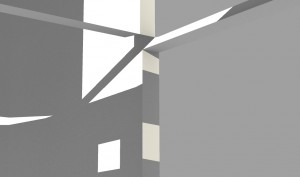
|
What’s the catch?
You shouldn’t have to guess. High quality software doesn’t come cheap! To buy a single standalone licence with the Rhino plugin will set you back €439.
What else is out there?
There is a wealth of competing renders out there. They are not all created the same, and it is worth looking around. For example, some renderers work on your CPU, which ensures good compatibility, whereas others (like Octane) only work on certain nVidia graphics cards.
A quick look-around at the competition revealed:
Update: Students can get Maxwell for free! Take a look here.
What if I have a really big job?
Photo-realistic rendering is a hugely expensive job (in terms of computational time, and often in terms of money too). Even a single image can take hours to render if the resolution, complexity and settings are all high.
This may be acceptable if you are creating a few images, but what if you are making a film or an animation, where every frame needs to be rendered? Algorithmic improvements only get you so far. Beyond that, the solution is to throw bucketloads of computing performance at the problem.
You might choose to set up a few EC2 instances to solve this. But this is perhaps too involved for a one-off job, not least because there is the headache of licensing to solve.
A quick google reveals numerous organisation that offer render farms for hire. Essentially these are huge numbers of computers all strung together to share the mammoth task of a large render job. These have advertised cumulative computational speeds in the hundreds of GHz. The lowest prices seem to start at around $0.004 per GHz-hour.
